Over the past few weeks, friends, family members, students, and colleagues have been asking me about plague and recipes. Outbreaks of the plague, and restrictive public health initiatives designed to stop the spread of the disease, were a regular feature of life in the early modern period. (I’m not an expert on this topic, but I’ve found these accounts especially engaging: on the history of quarantine in Italy, on the 1665 plague in London, on Shakespeare’s writing during times of plague.)

Plague correspondingly leaves its marks in manuscript recipe books. During outbreaks, early modern people used “Plague Water” as a preventative and a cure for the disease. Samuel Pepys writes in his diary for Thursday 20 July 1665 — a week when 1089 people died from the plague in London by his account — “My Lady Carteret did this day give me a bottle of plague-water home with me.” Recipes for “Plague Water” are so common that a single manuscript will often include multiple, different recipes for this healing water. What these recipes have in common is that they require a range of fresh and dried herbs that are infused in alcohol before the water is distilled. Although “Plague Water” likely had antibacterial effects due to its alcohol content, it is unlikely that it stopped the spread of plague as the pestilence was carried by small animals and transferred to humans by infected fleas.
This recipe “To make Plague water” is from Folger Shakespeare Library Ms. V.b.380 and, from what I’ve seen, a typical recipe for this preventative tonic. I’ve been researching this manuscript alongside a team of undergraduate researchers and librarian colleagues since early 2019. (See related posts here.) The paper in the manuscript dates from 1667 and accordingly this recipe for “Plague Water” was collected, saved, and perhaps prepared in the aftermath of the 1665-1666 plague.

55 To make Plague water.
Take Rue, Agremony, Wormwood, Selandine, Red Sage,
Balm, Mugwort, Dragons, Fetherfew, Burnett, Sorril,
Tormentil, Scordium, Cardus-Benidictus, Dittanter, Bittany, Mary-
-golds, Scabius, Peniroyal, of Each half a pound, Rosemary
one pound, a quarter of a pound of Angellico leaves, a good
quantity of Elingcompane roots: Cowslips, Marygolds, Burage
Clovegilly flowers, of each a good quantity, Anniseeds & Corrander
of each 2 ounces, strip and pick all your herbs, then cut them
very small and put them in a vessell close cover’d, put to them
3 Gallons of sack or white wine and 2 quarts of Brandy
stirr it 2 or 3 times a day for 2 or 3 days together, then
distill them in a Cold Still or Limback.
Unfortunately, I can’t test this recipe for you.* Even if I could correctly identify, purchase, or forage for these herbal ingredients, I don’t have distilling equipment – a cold still or an alembic – at home. I also cannot recommend that you prepare this recipe yourself as a number of the ingredients are now known to be toxic. For example, “Peniroyal” or Pennyroyal, an herb that I’ve seen listed in many medicinal recipes, causes liver damage.
Ultimately, recipes for “Plague Water” offer us an insight into the medical landscape of early modern England. In times of sickness and in health, households would collect medicinal recipes from members of their local and extended social networks seeking out efficacious cures for immediate use or future preparation.** Households would consult printed texts, such as Nicholas Culpeper’s ground-breaking English Physitian published in 1652 to seek out medical information (this page includes a list of plants mentioned in Culpeper’s book). Household members would gather herbs, purchase ingredients, and distill healing waters in the home. My students are often surprised (and intrigued!) to learn that family members would, essentially, test new medicines on their sick relatives. Indeed, recipe manuscripts are a unique repository of medical practice within the household in times of plague and prosperity.
*If, however, you find yourself in Minnesota, you might be able to taste some Plague Water made in a collaboration between Tattersall Distilling, Minneapolis Institute of Art (Mia) and the Wangensteen Historical Library of Biology and Medicine at the University of Minnesota.
** My discussion of recipe collection practices here draws on Elaine Leong’s recent monograph Recipes and Everyday Knowledge: Medicine, Science, and the Household in Early Modern England (Chicago, 2018).
I’d like to thank Joseph Malcomson for the helpful discussion of Nicholas Culpeper and medicinal plants that shaped the final form of this post.









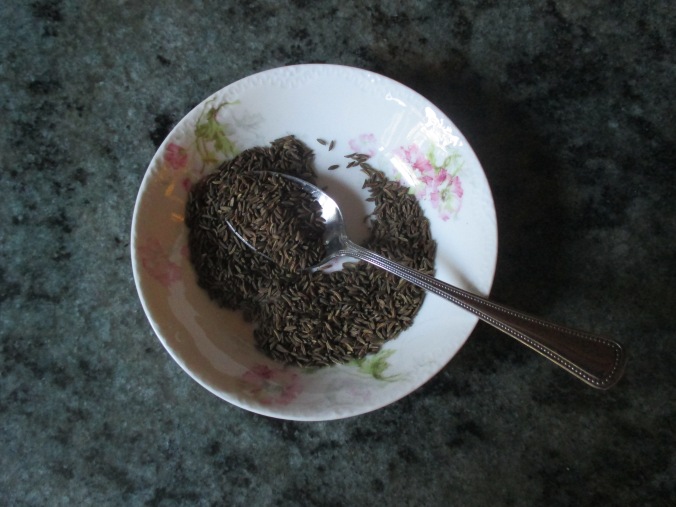











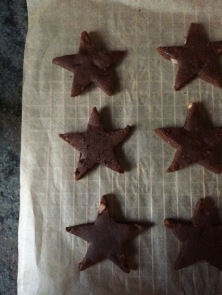
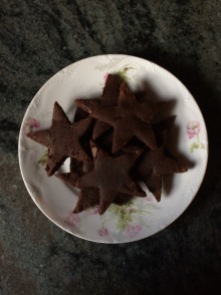







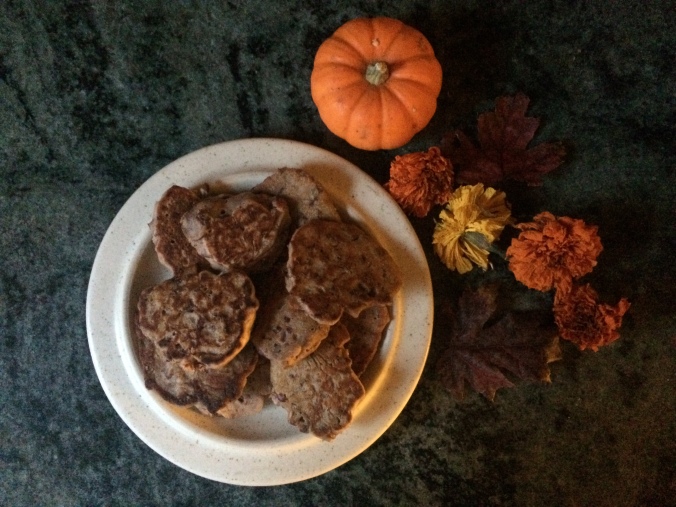
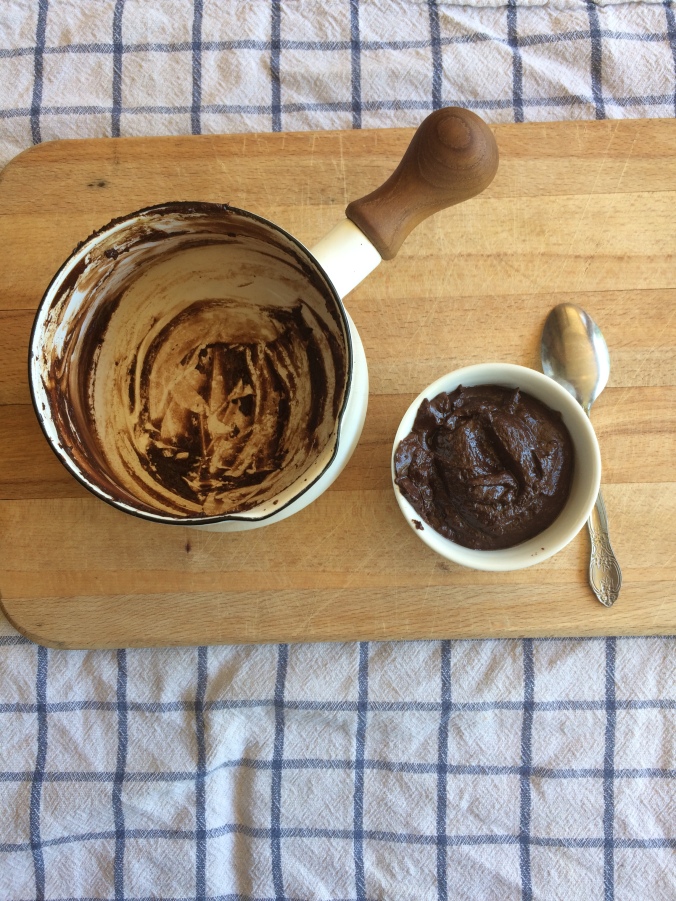
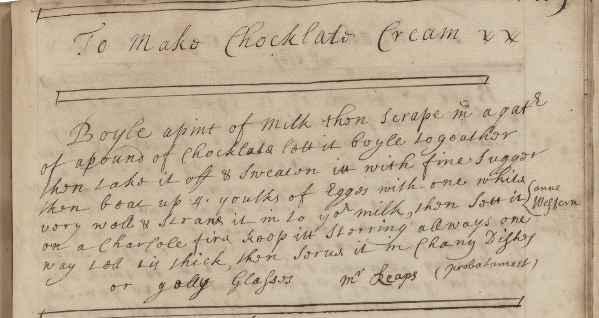




You must be logged in to post a comment.